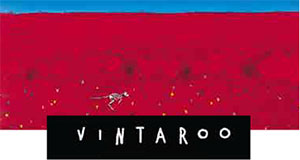
AUSTRALIA'S PREMIUM RED & WHITE WINE
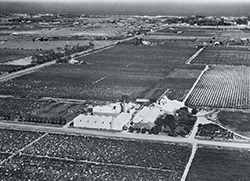
Richard Hamilton Snr arrived in South Australia within 10 months of the infant colony of South Australia being proclaimed. When he disembarked with his wife Ann and seven of his eight children from the Katherine Stewart Forbes on October 13, 1837, there were only 176 white settlers in the colony, mainly government and military officials.
Less than a year later, Richard had planted the colony's first commercial vineyard near Glenelg, at 'Ewell' named after a village near Dover, in the United Kingdom, using vines sent by a friend from South Africa. In 1841, he made the colony's first commercial wine, planting the roots for five successive generations of the Hamilton wine family to operate the family enterprise - Hamilton's Ewell Vineyards - until its sale in 1979 to Mildara Wines Limited.
DEVELOPMENT OF AN EARLY EXPORT BUSINESS
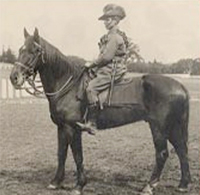
Mark Hamilton's grandfather, Frank Eric Hamilton, known as Eric Hamilton, was a master wine marketer and businessman. Eric was chairman of directors and managing director of Hamilton's Ewell Vineyards for nearly fifty years – from the end of World War I in 1918 – until his death in 1968.
Serving in the Imperial Australian Forces in Gallipoli and Flanders, Eric was twice wounded by gassing and repatriated to London on both occasions.
Returning to Australia following the cessation of hostilities in 1918, he took over the management of Hamilton's Ewell Vineyards from the Executor Trustee Company and his mother, the 'Mater', who had been jointly managing the business as trustees of the estate of Eric's father, Frank Eric Hamilton, (Frank) who died in 1913, aged 54.
With his 'global vision' gained at a young age by his travelling and wartime experiences, Eric recognised the opportunity for Hamilton's Ewell Vineyards to export wine at competitive prices to the United Kingdom market, in competition with the more expensive French table wines and the fortified wines of Portugal (Port) and Spain (Madeira and Sherry).
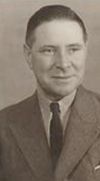
Eric travelled overseas for six months a year for 50 years until his death in 1968, exporting Australian wine to Singapore, Canada and the United Kingdom, building up a significant export business. At the time, Hamilton's Ewell Vineyards, Penfolds Wines and Emu Wines were the three largest Australian exporters.
Prior to the introduction of commercial air travel, Eric would travel by ship, often taking his Rolls Royce car with him for use along the way and in the United Kingdom.
Prior to the introduction of commercial air travel, Eric would travel by ship, often taking his Rolls Royce car with him for use along the way and in the United Kingdom.
VINTAROO AS AN EXPORT LABEL
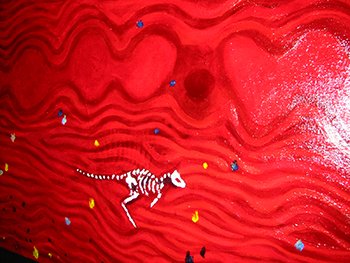
During this period, Hamilton's Ewell Vineyards established Vintaroo as an export label, registering the trademark in the United Kingdom. Hamilton's Ewell Vineyards sold a range of products under the Vintaroo label for many years.
VINTAROO REBORN
AN UNIQUELY AUSTRALIAN EXPORT LABEL
In 1991, Mark and Deborah Hamilton regained the trademark
and tradename rights to Hamilton's Ewell Vineyards and set about rebuilding a wine
company in the name and spirit of the original
family enterprise.
In recognition of the pioneering export exploits of his grandfather Eric, Mark relaunched Vintaroo as a uniquely Australian export label, with contemporary packaging.
Mark has recognised – as Eric did decades ago – that the play on words of 'vintage' and 'kangaroo' conveys a unique sense of Australia's identity and place, while the graphic label and packaging design recognises the art of Australia's original inhabitants, the Aboriginals.
The label art pays respect to and acknowledges the culture of the Kaurna people whose land covers the area which became known to the early European settlers as the Adelaide Plains.
It also recognises the family legend (backed by early South Australian literature) that Richard and Ann Hamilton moved down to their Land Grant (Land Order 176 issued by the SA Colonisation Company in London in 1836) only after their camp on the banks of the Torrens Creek - now known as Pinky Flat - was burned out by local Aboriginals.
Richard, Ann and their family had camped there while waiting for the colony's first surveyor, Colonel William Light and his assistants, to survey the Marion area where the land granted, was located.




